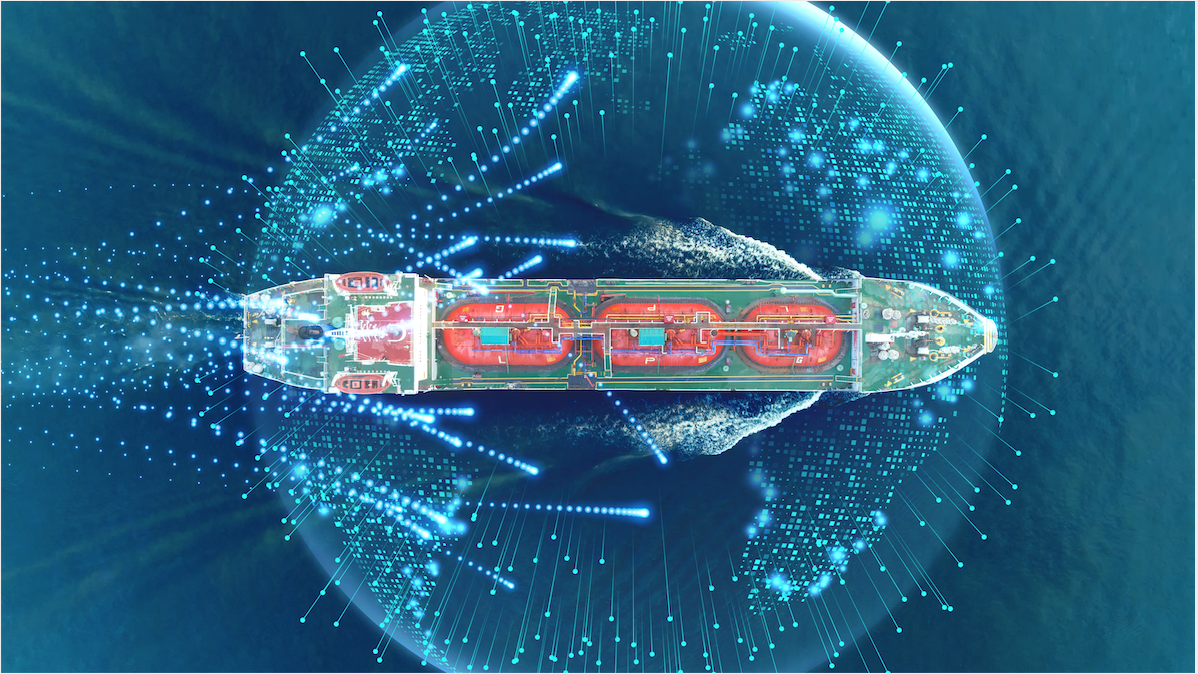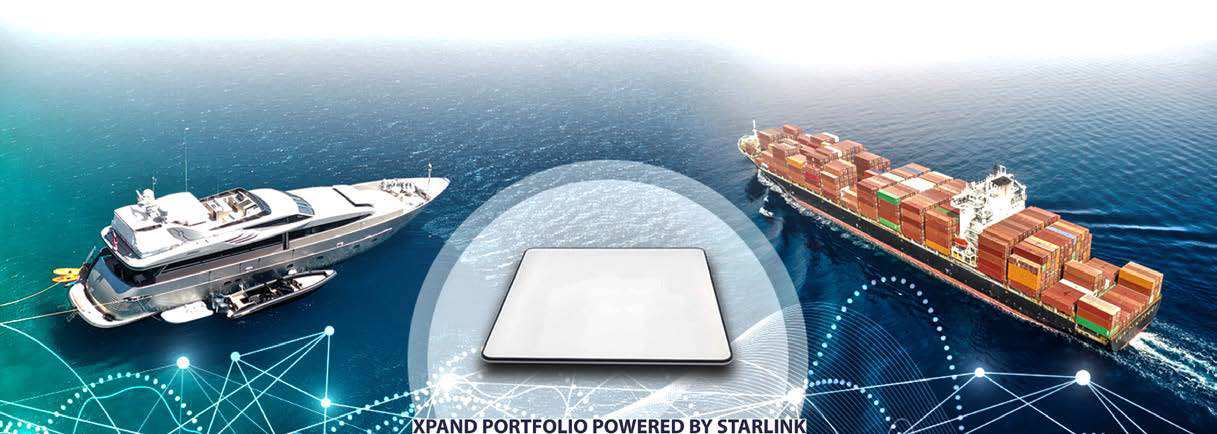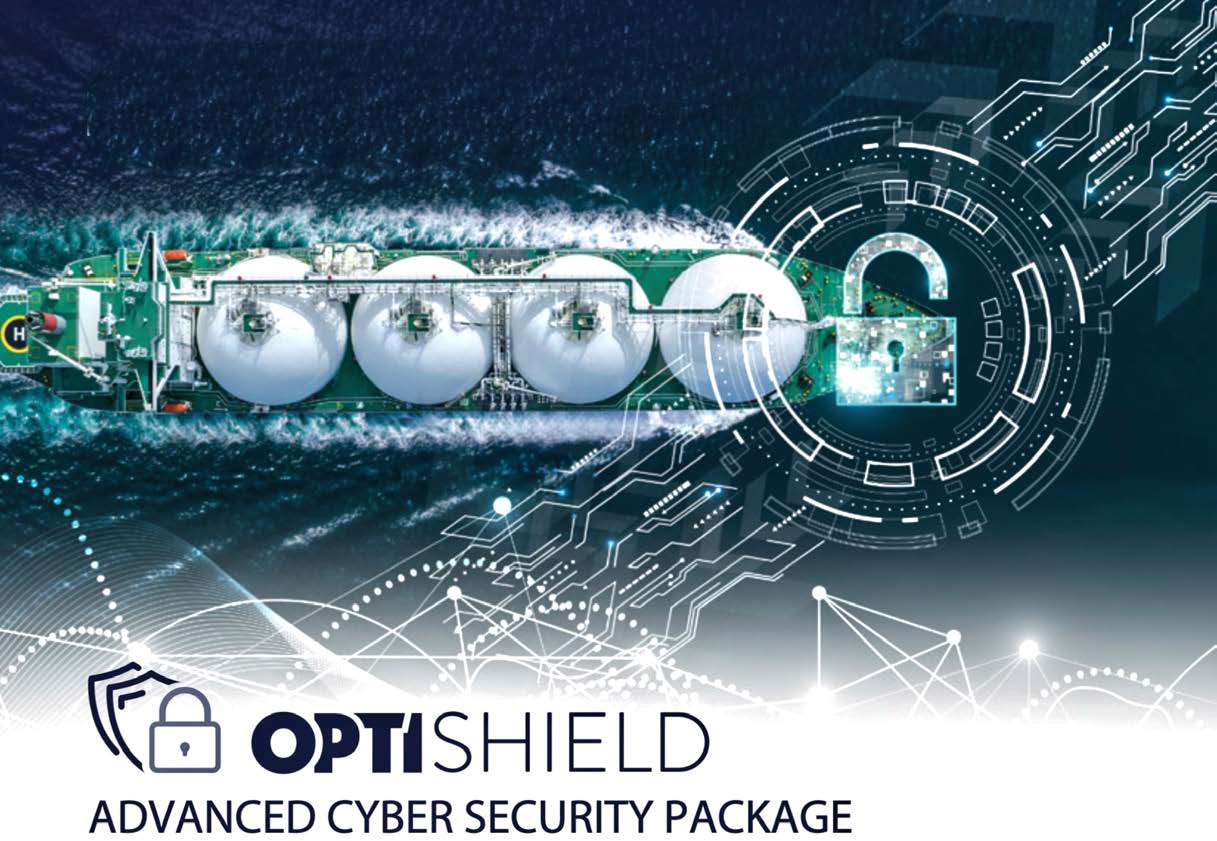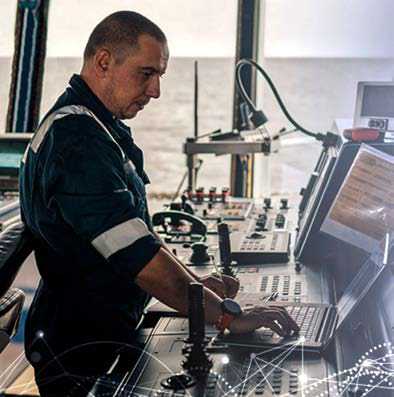Why these comms solutions are becoming the preferred choice for Maritime SATCOM
To ensure reliable and efficient communications while at sea, the Maritime industry has been adopting various connectivity solutions to enhance vessel operations, safety, and crew welfare.

Called hybrid connectivity, this approach involves integrating multiple communications systems to provide redundancy, coverage, and flexibility, all crucial for ocean-going vessels that need data exchange, voice communication, and access to the internet for myriad purposes such as navigation, weather updates, and crew communication.
Connectivity on board is not only about the hardware or network coverage; it’s also about a connectivity system that remains operational at all times, enabling business continuity and reliable crew welfare.
With hybrid connectivity, a vessel can seamlessly rotate among three types of connectivity services: Ka- or Ku- band VSAT (Very Small Aperture Terminal) from Geostationary (GEO) satellites or Low Earth Orbit (LEO) services used as a primary channel; GEO based L-band applied as a back-up; and cellular networks as a means to stay connected when the vessel is close to shore.
IEC Telecom offers a hybrid connectivity solution called the Xpand Portfolio. Powered by the high-speed Starlink LEO service, and enhanced by GEO back-up, it also offers a state-of-the-art network manage ment system called OneGate.
Each satellite technology making up a hybrid solution has its own strengths and limitations, making it suitable for different use cases and scenarios. LEO satellites, such as those used in the Starlink network, offer several advantages, including lower latency due to their closer proximity to Earth, which is beneficial for real-time applications like video conferencing, remote maintenance, and telemedicine.
VSAT technology, which operates using GEO satellites in higher orbits, has its own advantages. GEO satellites provide more consistent coverage over specific regions, which can be important for critical applications like maritime communications, where continuous connectivity is vital.
Back-up systems, such as Iridium Certus over VesselLink, Inmarsat over FBB or Thuraya over Orion Edge, are essential to ensure business continuity. These invaluable companion terminals ensure uninterrupted connectivity, safeguarding vital operations such as voice services, email exchanges, and messaging.
videoconferencing and remote surveillance, even in low-bandwidth environments.
This pivotal capability empowers efficient troubleshooting and swift restoration of primary connectivity on board, eliminating the need for costly port calls.

For vessel owners, this translates to reduced fuel consumption and heightened sustainability, making it a prudent choice for your maritime operations.
Cellular networks using 4G and 5G technology are an additional option when a vessel is close to shore, and these services offer fast data speeds but can be affected if there are many users in the area, a factor known as contention, which can slow the Internet connection considerably.

All three types of connectivity require specific equipment on the vessel, including an antenna for prime link (over GEO or over LEO), a back-up system with one or two compact antennas for voice and data services over L-band, plus built-in routers and network management equipment.

These connectivity advancements have enabled the maritime industry to make great strides toward digitalization of many ship processes, from being able to file digital entry documentation when approaching port to carrying out remote maintenance.
However, increased digitalization means increased cyber risks.
IEC Telecom recently introduced OptiShield, a comprehensive cybersecurity solution that combines advanced cybersecurity software with a dedicated remote IT team to ensure state-of-the art protection for onboard networks.
Given the distinct advantages and the existing infrastructure of all technologies that go into a hybrid connection solution, it’s likely that they will continue to coexist and complement each other rather than one completely replacing the other on commercial vessels.
Many ship operators have already turned to hybrid solutions to provide the best of all worlds — low latency and broad coverage from LEO satellites or cellular networks, along with the reliability and continuous coverage of GEO networks.
iec-telecom.com

Nabil Ben Soussia
Author Nabil Ben Soussia has more than 15 years of experience in satellite communications services and technology. He serves as Group COO for IEC Telecom, a leading international satellite service operator whose extensive portfolio includes a wide range of hybrid satellite and LTE products, solutions, and value-added services optimized for the maritime sector.


